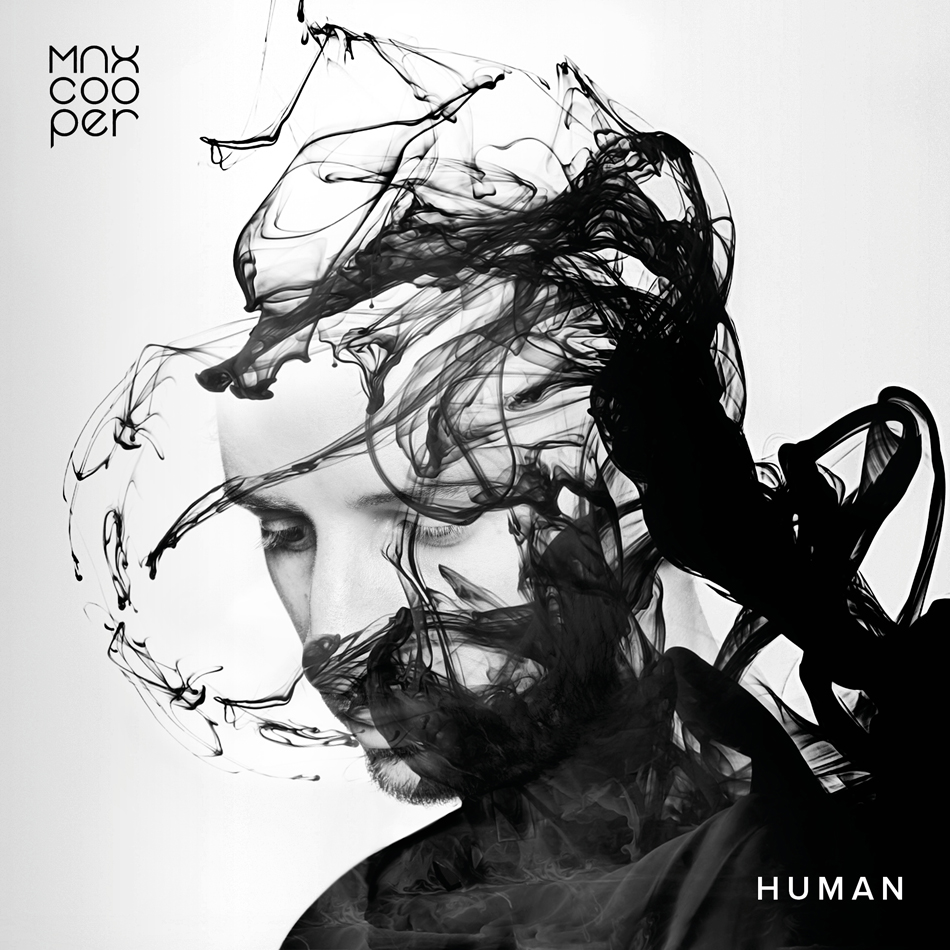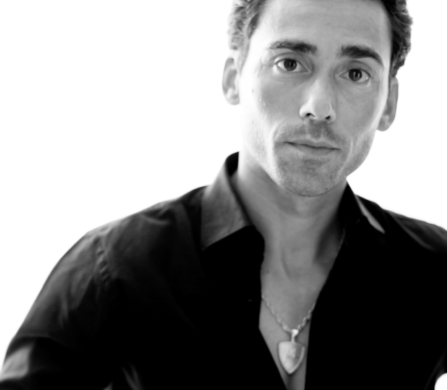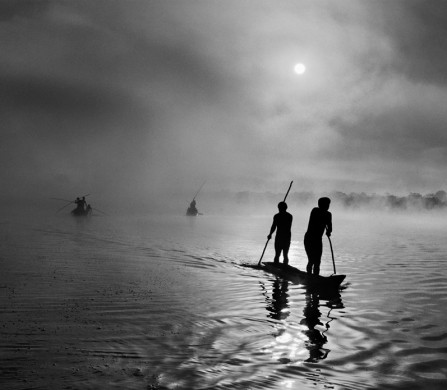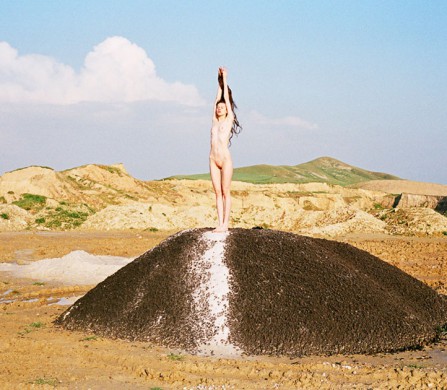Innovative musician Max Cooper is renowned for his raw evocative approach to electronica and techno. Over the last seven years Cooper has been developing his craft, producing hypnotic visuals as a complimentary addition to his dancefloor anthems. With rave reviews from publications and public alike, he has remained one of Resident Advisor’s top DJs for three consecutive years.
2014 has seen the release of Cooper’s highly anticipated debut album, Human. Cooper’s latest release, Empyrean, is packed with intensity; its music video, directed by Joseph Murrell, is beautifully surreal. Schön! caught up with Cooper during his busy schedule for a discussion on aspirations, science and visual art.
How did a career in something as complex as computational biology evolve to a career in music?
They both evolved at the same time, because I was putting a lot of work into music from around the same time that I decided to work towards a career in science. That started around 97/98, when I was choosing my University options, and had properly discovered the electronic music scene. So from then on I just worked really hard at both things, always assuming that science would be my proper career. In the end it happened to be music, by no conscious decision of mine.
Your work has received high praise from the public and publications alike – how did you begin to hone your craft as a musician and producer without any prior formal training?
All you need is a connection with music, time, and a computer. Then you can just randomly mess around with music software and learn by feeling your way through. I had some friends with good musical/production knowledge who were helpful, mainly Gareth Williams from Liine, and a knowledge of the basic principles of sound, synthesis and psychology help, but really if you just put in enough time you will find ways of expressing yourself musically.
Your scientific knowledge is evident in the titles of your music and in the visuals you produce – do you see a significant relationship between your music production and technology?
As computers get more powerful, more and more doors open for making music. I love pushing my computer to its breaking point to try and expose something interesting. I love finding glitches in software where you can almost hear the algorithms at work, that underlying form has its own beauty. But this is probably only linked to my scientific interests in terms of my love of fiddling with abstract systems; I don’t use science directly for making music.
Your work for the Serie Trilogy involved you working closely alongside Whiskas Fx to produce your music videos – what is your inspiration prior to creating such intense visuals?
I love visual art and if I had more time I’d do more on my own, but I don’t, so I just try and work with visual artists as much as I can. The process usually begins with me explaining the track concept along with lots of my interests, and then they make their own interpretation of what the track, and I’m, about. My inspiration is the fact that I think when done right, the combination of music and visual is a stronger experience than either medium alone, it can be a more powerful means of expression and communication.
What sort of role does visual art play in your music?
I’ve always loved spatiality in music, or psychoacoustics – when you hear things, your brain finds lots of subtle signals in sound that are subconsciously analysed to give the feeling of position, space, surfaces and surroundings. A lot of these signals can be replicated in electronic music to give a more immersive listening experience, and I’m all about immersive listening – really my music is designed for listening on high quality balanced stereo systems, or with (good) headphones, because a lot of work goes into signals that will only be heard with those.
Spatiality in music means music with some imaginary spatial form, or what you could also call a form that can be described visually. So I think there is a link between my love of visual art and spatiality in sound.
All of this comes to life with the “4D Sound” system in Amsterdam, where the listener stands inside a huge array of speakers at all positions inside and around the space. Combined with some clever software developed by the creators, you can design each piece of music as a physical entity that you can walk around inside and find sounds, walk past sounds, or have them fly past your foot, explode, whatever, it’s a new way of hearing and creating music.
Will your debut album Human harness a different sound to the previous club floor fillers you’ve released?
Yes, the album is much more personal musically. It’s just me making the music I wanted to create in order to try and communicate the ideas and feelings without worrying about whether people will play the music in clubs. So it’s more of a listening experience than my previous club tracks.
If you had a choice of the ultimate collaboration, who would you choose?
Björk, she has the most interesting and beautiful way with things musically.
Do you have any words of advice to give to aspiring musicians hoping to follow in your footsteps?
Don’t be afraid to express yourself, try and put a bit of your identity and soul into your music, and make music that excites you and makes you passionate, rather than what you think will “work” or sell.
The Crucifix Lane Warehouse is hosting a London Launch of Max Cooper’s album, Human, on April 5th.
Words / India van Spall
Click the links below for the latest issue of Schön! Magazine
Schön! in glossy print
Download Schön! the eBook
Schön! on the Apple Newsstand
Schön! on Google Play
Schön! on other Tablet & Mobile device
Read Schön! online
Subscribe to Schön! for a year
Collect Schön! limited editions
















